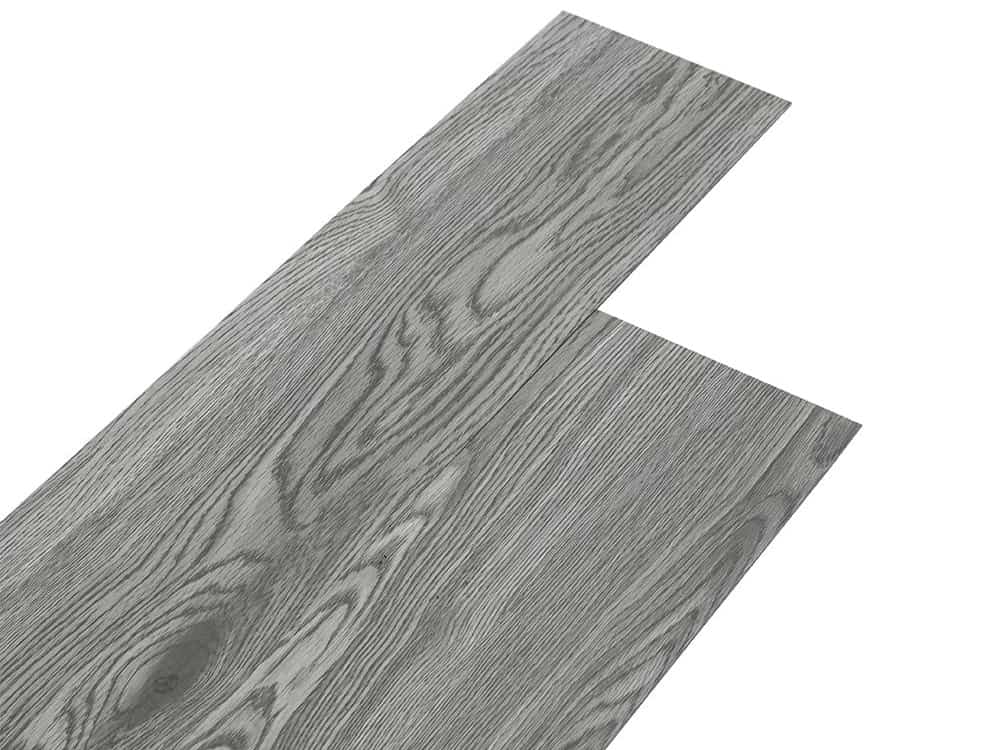Laying a stone floor can start off as the obvious solution to your flooring needs, but it can quickly turn into a nightmare.
There’s a lot of preparation that you have to do in order to correctly lay the floor or you can end up with cracked tiles, uneven surfaces and fast degradation, meaning it won’t be long before you have to rip it all up and start again.
Problems with stone floors in a commercial context
Before even attempting to lay a traditional stone floor, you have to level the surface you’re laying on, which means creating a sub-floor out of concrete or a screed layer. This can be very time consuming in itself, and it isn’t an easy job to manage.
Also, as we all become ever-more aware of the sustainability of our environment, stone floors have come under scrutiny for not being particularly environmentally friendly, especially when permanently bonded into position.
Alternative stone flooring option
That’s why the news of stone specialist Szerelmey implementing a new method of laying lightweight stone tiles on a suspended wooden floor has been met with such approval from everyone from professional floorers through to DIY enthusiast.
Perfect for commercial flooring – access and good looks
Szerelmey’s innovative new launch uses a flooring system that offers the appearance of a hard-finish monolithic floor while providing the advantages of a raised floor.
Well, raised access flooring is desirable as it allows an area under the floor where wiring for electricity, data, fire and security alarms as well as pipes and ducts for water and air can be laid; they can then be accessed easily for maintenance purposes but be hidden from sight, creating a clean look.
Raised floors are traditionally built using a metal grid fixed to a subfloor with panels of steel, vinyl or a combination of the two laid down on top.
As such, it can be time consuming and costly. Szerelmey’s new system gets around this problem by using a calcium sulphate board that is fixed to traditional access floor pedestals, in turn attached to the subfloor to create a levelling base unit.
Unlike other floor panelling, the calcium sulphate contains a high proportion of recycled materials, ideal for companies and individuals looking for environmentally friendly flooring options. From a practical perspective, it also offers good acoustic properties and above-average durability.
Lateral thinking for a hand laid look
Another positive aspect of this method is that the boards interlock on installation while offering a design that includes a joint between the stone tiles, allowing for grouting on site.
Confused? All this means is the stone floor looks as if it’s been completely hand laid – a look that can’t be achieved when stone is fixed into individual raised floor trays. It’s comparable to the difference between carpet tiles and broadloom carpet.
The flooring can then have access points added to make underfloor services accessible, including underfloor heating.
So as well as having uses in domestic housing, builders and designers of commercial properties with reception areas, foyers and lobbies are likely to be excited about this cost-effective development.
Cheaper and faster
According to the Szerelmy, this new flooring system is 10-15% cheaper than traditional stone flooring, as well as being much faster to install.
Without the necessity of concrete levelling or the need to wait for the screed layers to dry, the time saved can lead to big cash savings, which can really amount to a lot with large commercial builds, as well as potentially helping the ‘everyman’ out at a time when we all have less to spend on DIY flooring.
On their website, Mark Walden, design manager of Szerelmey explains: “What is so special here is that the floors meet the visual expectations given by traditional flooring methods of laying hard finishes on a solid substrate but without the programme constraints of using wet trades and more traditional methods of construction.”
“On site logistical problems are minimised by prefabricating as much of the building components as possible off site, meaning a much speedier installation once it is delivered to the project.”
BBC becomes one of the early adopters
At a time when companies and DIYers are looking for cheaper ways to get the job done, this is most definitely good news. The system is still new, and is about to be used for the first time in the BBC building at Portland Place. It will also be modified for Stanhope’s New Court Development in London.
After an initial testing period however, it’s likely that more commercial builds will look to utilise this method, which is bound to have a knock-on effect in the domestic market. Watch this space, soon we might all be laying prefabricated raised flooring systems.

